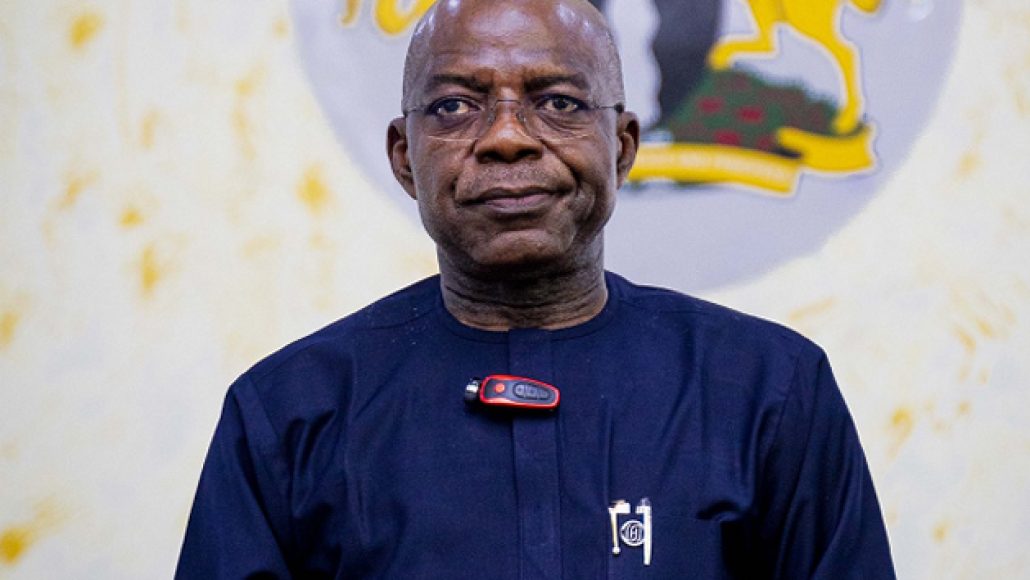Governor Alex Otti’s expenditure in Abia State has raised eyebrows, as the budget report discloses that he allocated a staggering N927 million in a three-month period.
This significant amount was designated for various purposes, including refreshments/meals, settlement of honorarium, allowances, and welfare packages for prominent figures.

Notably, a portion of N25 million was allocated specifically for public schools within the state. This financial disclosure has sparked concerns and scrutiny regarding the allocation of resources during Otti’s tenure.
The report titled “Abia State Third Quarter (July – September) 2023 Budget Performance”was posted on the state government’s website. (https://abiastate.gov.ng/abia-state-3rd-quarter-2023-budget-performance-report-2/)
“This Q3 and Year to date performance is assessed against the revised 2023 Budget that covers the Original Budget plus a n Amendment Virement sum of N22,263,269,900 as summarised below,” it read.
“This Budget Performance Report is produced by the Abia State Planning Commission, Budget Department/Office of the Accountant General, Accounts Production Department and published on the Abia State website.”
In the report, the Otti-led government spent N223,389,889.84 on refreshment/meals, while N305,400,000.00 was spent on honorarium and sitting allowance for government officials within July and September, 2023.
The government also claimed it spent N397,520,734.00 on welfare packages.
Further, according to the document, N737,922,661.25 was spent to buy motor vehicles. The quantity and those the vehicles were bought for were never stated.
Meanwhile, N362,804,050.00 was spent by the Abia government to purchase trucks and another N400,890,000.00 was used for the purchase of buses.
Also in the document, the government claimed N252.4m was used to run the Deputy Governor’s office for 3 months.
The report however showed that only N25 million was spent by the government on repair of public schools in the state.
This is as many of the public primary and secondary schools in Abia State are described as “eyesore.”
According to multiple reports online, most public secondary and primary school buildings and facilities across the 17 local government areas of Abia State were ageing and decaying over government’s failure.
A sizeable number of school buildings in the state were said to be virtually dilapidated with leaking roofs, broken furniture, doors and windows; some completely abandoned, with tons of garbage, human excreta and overgrown shrubs.





